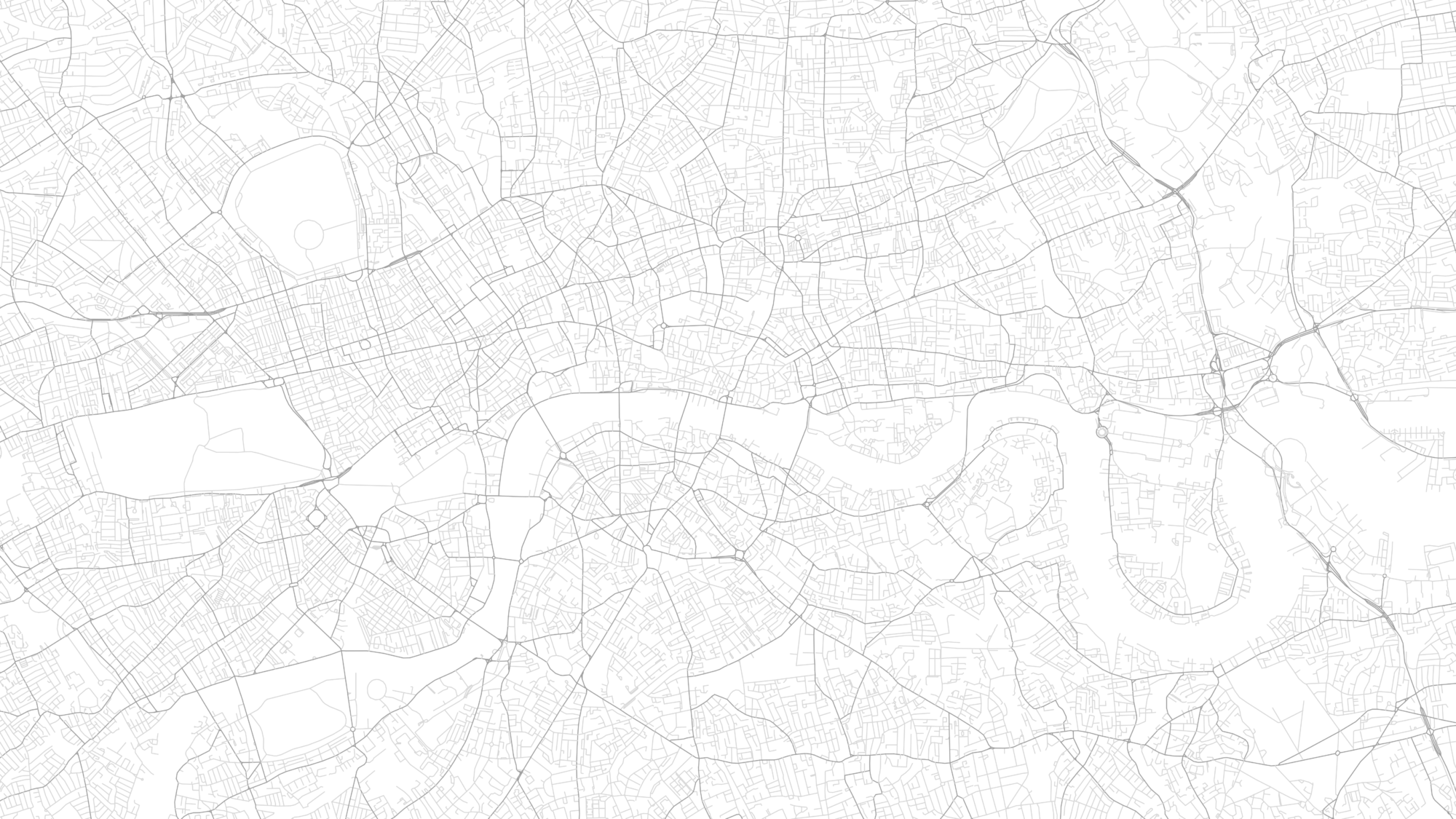Spatial justice concerns the fair and equitable distribution of resources, services, and opportunities across geographic space. It examines how socio‐economic and environmental factors combine to produce uneven access to critical services, from emergency healthcare to clean transportation infrastructure. So far, my work on spatial justice has regarded three interlinked domains: emergency medical response, electric mobility, and demand‐responsive transport; each revealing how place‐based inequalities emerge and how spatial analysis can guide more inclusive policy interventions.

In our study of pregnancy‐related ambulance attendances across Greater London, we uncovered pronounced spatial clustering of calls that cannot be explained by clinical need alone. Using Local Indicators of Spatial Autocorrelation (LISA) to identify hotspots and a negative‐binomial regression to link call rates with underlying factors, we found that areas with lower adult skills (e.g., lower qualifications or limited English proficiency) and material deprivation exhibited significantly higher rates of ambulance use for maternity incidents -often independent of actual health outcomes. By revealing these patterns, our research points toward targeted community outreach and tailored primary‐care interventions to alleviate pressure on emergency services while promoting fairer healthcare access.

Transitioning to sustainable mobility, I have been investigating equity in the roll-out of London’s public electric vehicle charging infrastructure in the last few years. Although the total number of chargepoints grew rapidly – outpacing the rise in licensed EVs – our accessibility metric (chargepoints per EV) actually declined in several Lower Super Output Areas (LSOAs) in London. Applying a combination of regression models, we demonstrated that areas of higher deprivation and lower social grades lagged behind in accessibility gains, even as supply expanded . Our Geographically Weighted Regression results further revealed that local factors – such as median house price and population density – play divergent roles in different boroughs, underscoring the need for borough‐level, demand‐sensitive deployment strategies rather than a one‐size‐fits‐all metropolitan approach.

Finally, our work on Demand‐Responsive Transport (DRT) in Greater Manchester probes how flexible mobility services can bridge gaps left by traditional bus and tram networks. By constructing supply and demand indices – drawing on TfGM trip records, Census‐derived socio‐economic indicators, and public transport stop data – we identified LSOAs where demand for DRT (i.e., high vulnerability and low formal‐transport supply) is greatest . Our findings suggests that current DRT zones overlap imperfectly with these high‐need areas, particularly in peripheral suburbs where elderly residents and disabled households without cars are concentrated. The proposed DRT zones concentrate resources on the top 10–25% of LSOAs by demand index, offering a more targeted and cost‐effective service design.
Together, these studies exemplify a spatial justice framework: diagnosing where and why inequalities in service access arise, and prescribing analytic, locally attuned solutions to redress them. Whether by re-allocating ambulance resources toward high‐need neighbourhoods, designing equitable EV charging networks, or optimising DRT coverage for vulnerable groups, spatial justice demands that planners and policymakers look beyond aggregate growth to the fine‐grained geographies of inclusion.
